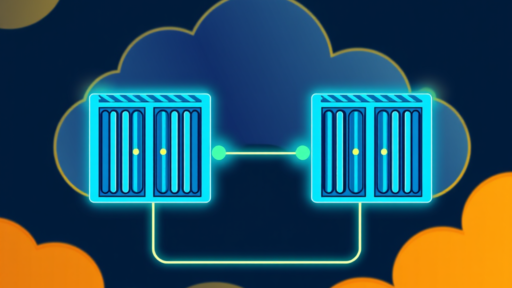In today’s interconnected technological landscape, the ability to efficiently manage a Git repository across multiple services and servers is a critical skill for developers, particularly those working in distributed environments. Whether you’re collaborating with team members around the globe or handling discrete environments in a microservices architecture, achieving seamless integration and operation of Git repositories can significantly enhance the productivity and effectiveness of your development process.
Understanding the Basics of Git Repositories
Before diving into the intricate setups between services and servers, let’s briefly revisit what a Git repository is and its basic functionalities. Git is a distributed version control system that allows multiple developers to work on the same project efficiently by tracking changes, handling conflicts, and providing a history of commits and alterations. The repository serves as a central storage that encompasses all your project’s files, allowing the synchronized work among team members.
Why Use Git Across Multiple Services and Servers?
- Distributed Teams: With the rise of remote working, teams are often spread across different geographical locations. A dispersed Git setup can cater to local development while maintaining centralized control.
- Microservices Architecture: Modern applications often consist of microservices deployed across various servers. Efficient Git management is essential in this context to streamline deployments and updates.
- Scalability and Redundancy: Multiple servers can enhance redundancy and load balancing while dealing with multiple services, ensuring system robustness and reliability.
Setting Up the Git Repository
The process of setting up a Git repository that operates smoothly across diverse services and servers involves several key steps and best practices.
1. Initial Repository Setup
First, you must initialize a Git repository. This can be done using the following command in your terminal:
git init
Or clone an existing repository:
git clone [repository URL]
Initialize your bare repository on the server, which is often necessary if you’re setting up a central repository:
git init --bare myrepos.git
2. Managing Permissions
Proper permission handling is critical when dealing with multiple users accessing the repository. Use SSH keys for authentication:
ssh-keygen -t rsa -b 4096
After creating your SSH keys, add the public key to the authorized_keys file on your server to grant access.
3. Configure Remote Repositories
You’ll need to set up remote repositories for your local Git configurations. This allows for pushing and pulling between your local machine and the remote locations:
git remote add origin [remote repository URL]
To verify the setup:
git remote -v
Utilizing Automation Tools and CI/CD Pipelines
Implementing automation tools and continuous integration/continuous deployment (CI/CD) pipelines can further enhance the way your repository interacts across services and servers. Here’s how:
1. Continuous Integration
CI tools like Jenkins, CircleCI, or Travis CI allow developers to automate testing and merging of pull requests, ensuring that code changes are consistently integrated into a shared repository without conflicts.
2. Continuous Deployment
CD pipelines ensure that changes in a repository are automatically rolled out to production servers. Tools like AWS CodePipeline or Kubernetes can facilitate seamless updates without manual intervention.
- Set up CI/CD pipelines to connect various services through webhooks or API calls.
- Ensure deployment artifacts are created and stored along with necessary build tools.
Maintaining Git Best Practices
To maintain efficiency and avoid pitfalls with your distributed Git setup, consider adhering to these best practices:
- Branch Strategy: Use a branching strategy, such as Gitflow, to manage feature development, releases, and hotfixes.
- Version Tagging: Use Git tags to mark released versions to easily identify and rollback to stable states when necessary.
- Regular Backups: Implement regular repository backups, possibly using automated scripts, to ensure data is never lost.
- Monitoring and Alerts: Utilize monitoring tools to track repository health and receive alerts of any unusual activities.
Dealing with Common Challenges
1. Merge Conflicts
Frequent updates from multiple sources often lead to merge conflicts. Practice resolving conflicts by reviewing changes and using Git tools such as:
git diff
git mergetool
2. Network Latency
Distributing repositories across servers might introduce network latency issues. Use Git LFS (Large File Storage) to manage large files effectively.
3. Repository Size
Growing repository size can slow down operations. Regularly prune unnecessary data:
git gc --aggressive
Remove unneeded branches:
git branch -d branch-name
Conclusion
The efficient management of a Git repository across multiple services and servers is a modern necessity for development teams working in a distributed or microservices environment. By understanding the fundamentals of Git, leveraging automation and CI/CD tools, and adhering to best practices, developers can seamlessly manage complex systems with robustness and efficiency.
Continually refine these approaches to align with evolving project requirements and technological advancements. Keeping abreast of new tools and practices will ensure your Git management remains both effective and scalable.
“`
The article provides a comprehensive overview of setting up a Git repository across multiple services and servers and offers a blend of theoretical insights and practical guidance for developers looking to optimize their workflows.






